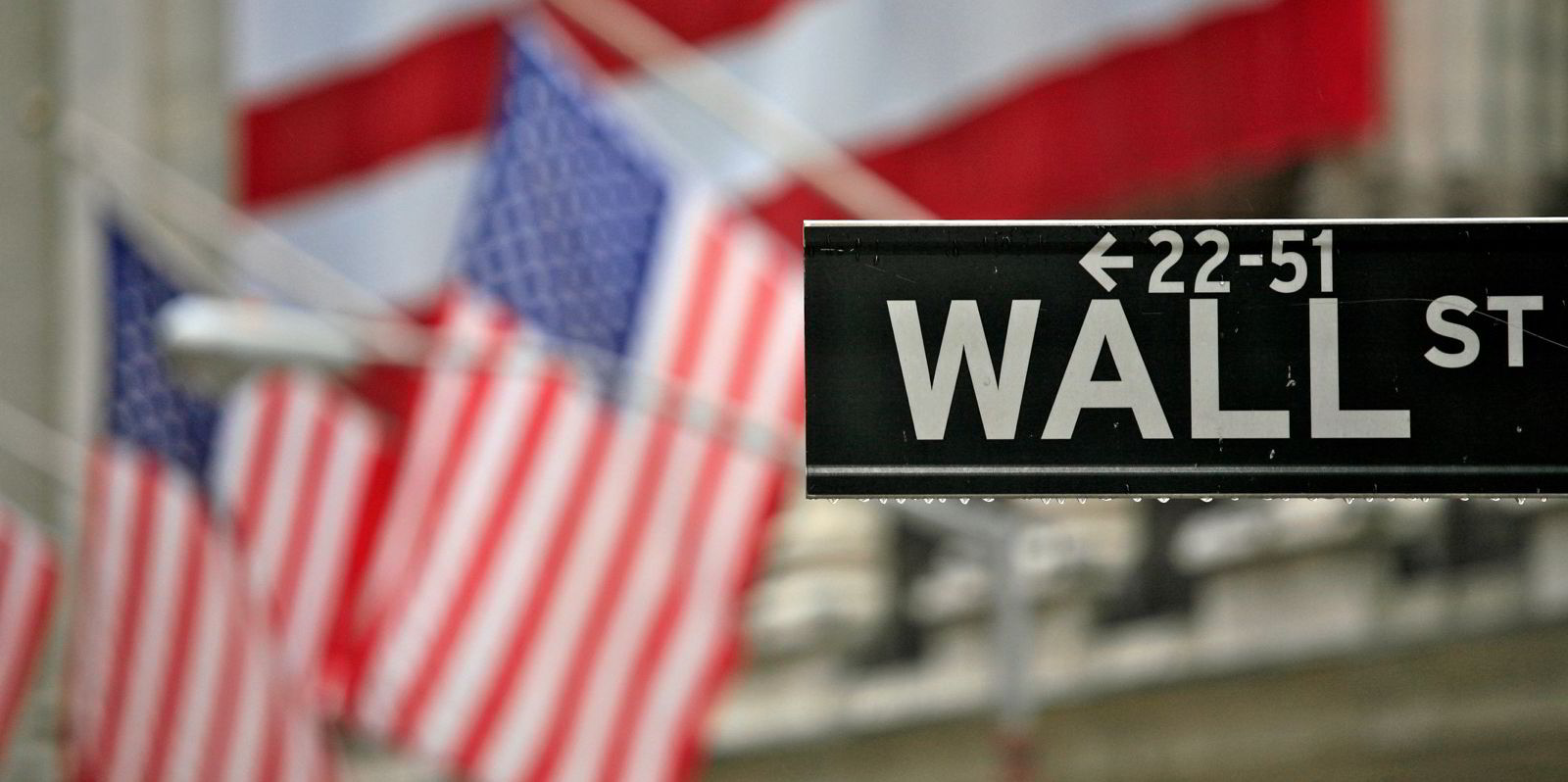Singapore VLGC player BW LPG plans to seek a dual listing in the US, the company confirmed on Tuesday.
The Anders Onarheim-led shipowner gave few other details other than to say that information will be forthcoming when available.
The Oslo-listed shipowner has yet to file a registration statement on Form F-1 with the Securities & Exchange Commission (SEC), according to a search by TradeWinds.
If the listing proceeds, it will follow the well-trodden path of a number of ship owners from the Oslo Bors to New York’s equity markets.
The most recent examples of this have been Idan Ofer’s LNG shipowning company Cool Company and Newcastlemax pure-play Himalaya Shipping.
The move would also see it be listed alongside VLGC rival and former takeover target Dorian LPG, which is listed on the New York Stock Exchange.
News of BW LPG’s US listing plans came as the company reported that net profit had more than doubled to $78.2m compared to a year ago.
BW LPG said second quarter VLGC freight rates averaged $51,600 per calendar day, or $52,500 per available day with 99% commercial utilisation.
Time charter equivalent (TCE) income was $167m for the quarter, mainly due to higher LPG spot rates and higher fleet utilisation.
In addition, BW LPG said its India subsidiary continues to contribute stable TCE income of $27.9m for the second quarter of 2023 mainly from fixed-rate time charters.
The company has declared a cash dividend of $0.81 per share, translating to a 100% payout ratio as a percentage of results for the quarter after adjustment for trading profits.
“For the remainder of 2023 and into 2024, we expect sustained high spot rates, driven by robust LPG exports from both North America and the Middle East,” BW LPG said.
Longer term, it said it remains optimistic about the prospects of natural gas and LPG.
“Current favourable oil prices are expected to stimulate additional growth in LPG production and exports,” the shipowner said.
“Also, alongside an expected increase in LPG supply from increased rig productivity in the US, we anticipate growing demand such as from the addition of new PDH plants in China.
“While the rate of newbuilding ordering has slowed, a significant number of ships in the current orderbook remain to be delivered, and the market outlook is dependent on supply-side discipline,” it added.





